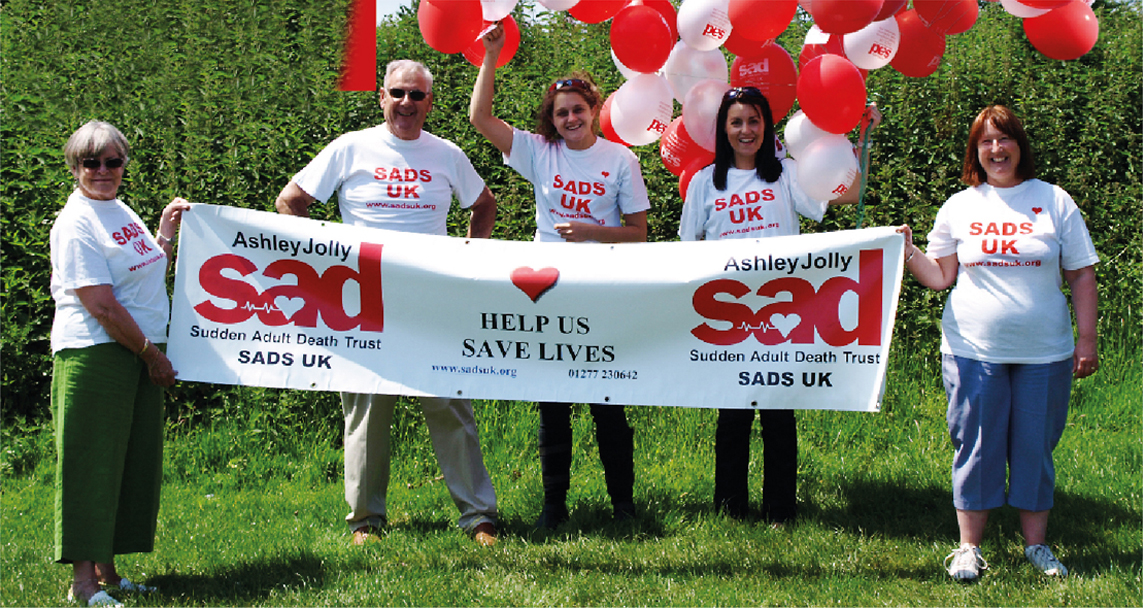Contact SADS UK for details of our SADS memorial candle lighting, Annual Retreat and Stride to STOP SADS
Contact SADS UK for details of our SADS memorial candle lighting, Annual Retreat and Stride to STOP SADS
The right ventricle, the lower right pumping chamber of the heart has an abnormal (dysplasia) structure. The ventricle muscle tissue is progressively replaced by a fatty and fibrosis structure. This weakens the muscle and causes an abnormal heart rhythm.
ARVD is most commonly found in adults between 20 and 35yrs of age, but ARVD can be diagnosed in children and older people. There is evidence that ARVD is genetic.
When one member of a family is diagnosed with ARVD the other close family members should be examined for the symptoms. ARVD is difficult to detect, examination by a combination of; resting ECG, stress ECG, 24hr Holter and Echocardiogram may be needed.
Most ARVD patients have ventricular arrhythmia. Antiarrhythmic drugs can help reduce the frequency and severity of an arrhythmia. In severe cases it is possible to have surgery to separate the septum from the ventricle. An implantable cardioverter defibrillator (ICD) is the preferred method to maintain the normal rhythm.
Just enter your details below

Thank you for considering donation to SADS UK.
There are several methods by which we can accept donations.
FIND OUT MORE HERE